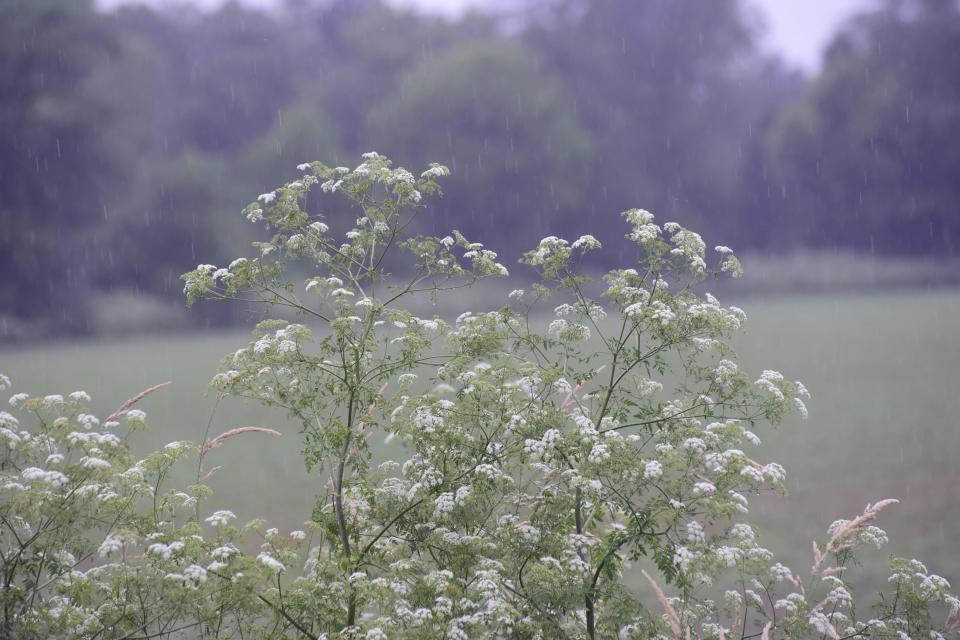'They do cause problems': Dangers of releasing invasive plants topic of upcoming workshop
Spring-like temperatures have had many Ohioans dreaming of ordering seeds and plants, making this a good time to pause and see if those selections are native or invasive.
Non-native plants can escape from even the smallest of areas and spread across fields, gardens and waterways, potentially becoming invasive throughout the Buckeye State.

Those harmful concerns will be the topic of an invasive species workshop hosted 5:30 p.m. Jan. 25 by the Richland Soil and Water Conservation District at the Longview Center, 1495 W. Longview Ave. in Mansfield.
The cost for the workshop is $10 per person and refreshments will be provided.
To register, or to learn more, visit richlandswcd.net/events/ or call 419-747-8685.
Introduction of invasive plants 'happens all the time'
Attendees of the workshop will learn about invasive plants both terrestrial and aquatic.
While not all invaders are as dangerous to humans as poison hemlock, a deadly plant that has been in the national news, they are still very concerning for Ohio's ecosystem.
Even the most innocent distribution of plants could have generational effects on the state's environment, according to Mark Warman, the aquatic invasive species coordinator for Cleveland Metroparks.
"It happens all the time," he said.
People find themselves in possession of "non-indigenous, sometimes harmful plants," which they should throw away or compost.
Instead, those people often try to save the plants.
'They just, you know, introduce them into their pond," Warman said. "Then they survive year after year and sometimes they spread around with fragments or seeds."
'Try to select native plants'
A big portion of Warman's career has been dedicated to teaching Ohioans how to prevent the spread of invasive plants, especially aquatic ones.
He talks to landowners, boaters and anyone who will listen. He wants to them to realize how profound their actions can be.
"Their choices with what they do around their properties or ponds or aquariums has the potential to ruin the day at the beach for somebody else, or a water-control feature, or make it difficult to fish, swim or boat," Warman said.
He will discuss that Jan. 25 in Mansfield. He plans to tell the audience about his work on an aquatic invasive plant Early Detection and Rapid Response project in Ohio's Lake Erie Basin.
Most people don't realize that several water and weed species are on the move and threaten our state's recreation, ecosystem and economic interests.
"Private pond owners, aquarium enthusiasts and anybody who might buy water plants should try to select native plants," Warman said. "Don't ever release or allow your plants to escape from the confines of your water garden because they do cause problems."
What makes a weed an invasive weed?
A similar story is true for land plants.
Janell Baran, the owner and operator of Blue Owl Garden Emporium herb farm and Blue Owl Hollow forest farm, plans to tell attendees all about weeds.
"What is a weed and what makes a weed an invasive weed?" she will ask visitors.
Baran will teach everyone how to identify and understand several of Ohio's most common invasive plants and then explore alternative — and sometimes unexpected — ways to combat them without the use of herbicides.
ztuggle@gannett.com
419-564-3508
This article originally appeared on Mansfield News Journal: Dangers of releasing invasive plants in Ohio the topic of new workshop

